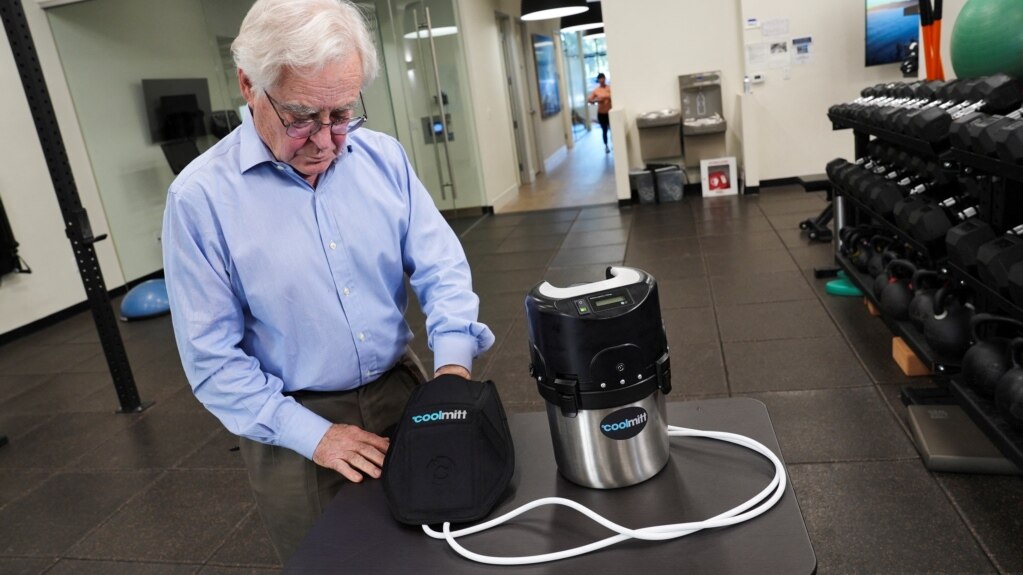The 2024 Olympic Games open in Paris late next month and experts say especially hot summer weather is likely to return. Temperatures set record highs in Europe last summer and France’s national weather agency says it expects warmer than normal conditions this year.
Such weather brings additional difficulty to the already punishing climate of physical competition. The Olympic athletes will have to pay more attention to their body temperatures as they train, recover and compete.
And the buildings in which athletes will stay during the event will not be equipped with air conditioning.
Craig Heller of Stanford University is an expert in body temperature regulation. Heller told the Reuters news agency, "It can be very hot and miserable (in Paris), as it was in Tokyo during the last Olympics...And that increase in environmental temperature has lots of effects on performance."
Stanford University, in California's Bay Area, is well known for Olympic athletes. At least one medalist at every Games since 1912 has been linked with the school.
Stanford-connected athletes won 26 Olympic medals in the 2020 games in Tokyo and 27 in Rio de Janeiro in 2016.
As a result, Heller and other researchers at the school have had the chance to study body temperature regulation. And the school's closeness to Silicon Valley helped the tech industry enter the playing field.
Blood cooling
Heller co-invented CoolMitt, a device worn like a glove on the hand. The device helps take out heat while cooling the blood. The cooled blood is sent back to the heart and to the athlete's muscles.
It is designed to be used during timeouts in games, in between sets and reps in the gym, or any short break in training or competition.
"If you take heat out of the core of the body, that prevents heat from building up in the active muscles, and they keep on working," Heller said.
"So what CoolMitt does is prevents hyperthermia, rise in body temperature to a dangerous level. And therefore it enables you to have a higher work volume. And if you have a higher work volume, you get a bigger conditioning effect."
The CoolMitt targets the non-hairy parts of the skin that "contain specialized vascular structures” that ease heat loss, a study says.
Once inside the glove, the palm rests on a special pad set to 10 to 12 degrees Celsius.
The pad draws the heat out while cooling the athlete's blood before it reaches the level of vasoconstriction, slowing the blood flow.
Tyler Friedrich of Stanford University works with athletes there, including some who went to Tokyo and are likely to go to Paris.
"We know if we are overheating, we will not be performing at the level that we want or that we should be. And so regulating heat and regulating core temperature in some instances can be critical” to performance, Friedrich said.
He said ice baths and cold cloths are often used by athletes but are not necessarily effective.
A recent study suggested further research was required to prove the efficacy of cold-water immersion practices.
Friedrich said the CoolMitt had made a difference.
"They (the athletes) notice themselves feeling like at the end of the game they have as much juice or jump in their legs as they did at the beginning," he said.
I’m John Russell.

